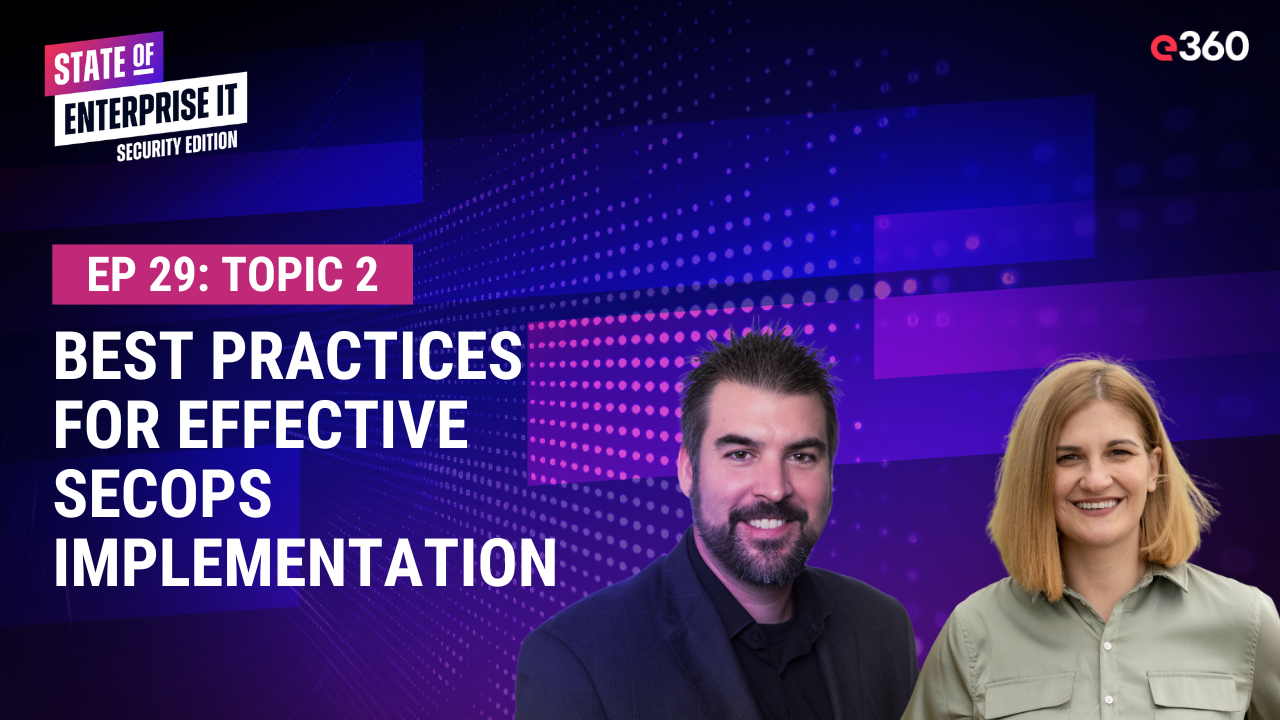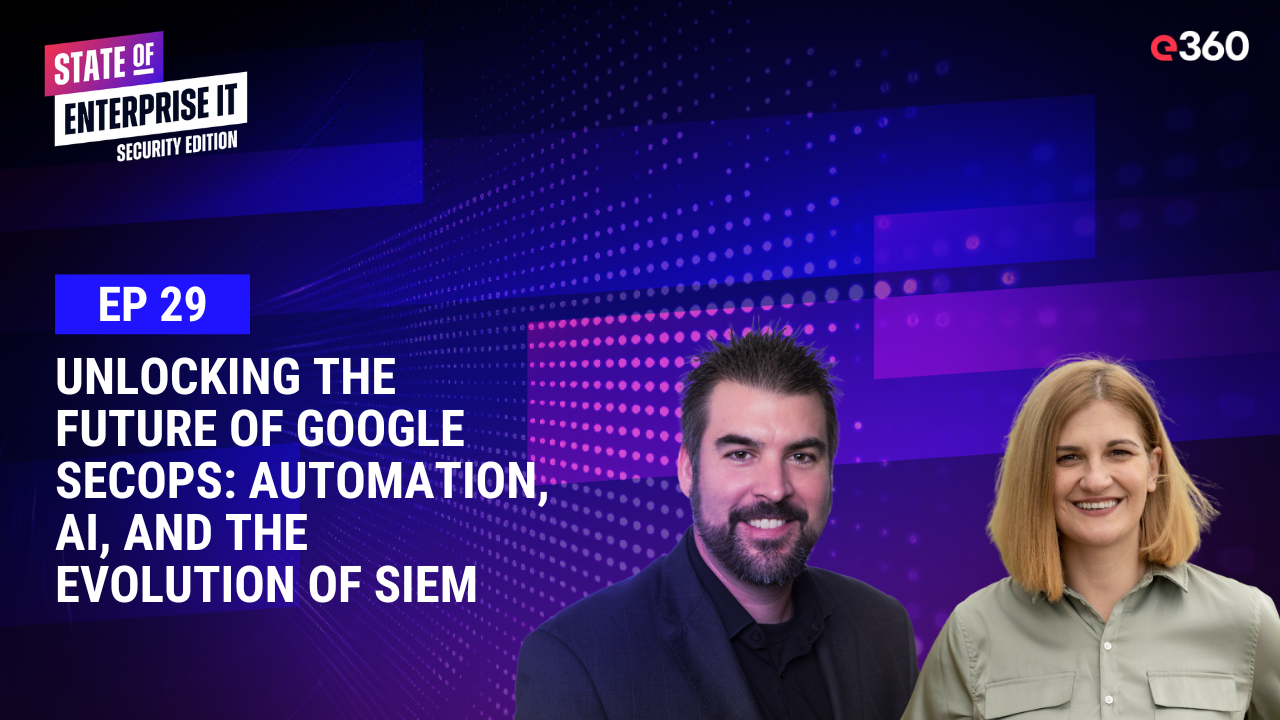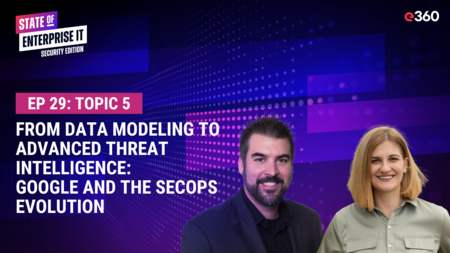Overview
What is SecOps? A Simplified Explanation for Enterprise Security Leaders
Security Operations (SecOps) has become a critical function for organizations of all sizes. But what exactly is SecOps, and why is it so important? Let's break it down in simple terms.
Watch to the Episode
The Essence of SecOps
Svetla Yankova, CEO of Citreno, offers an insightful analogy in the latest episode of the State of Enterprise IT Security podcast around the future of Google SecOps: "Organizations today have cameras and motion sensors all over their perimeter, and they produce all kinds of alerts." These "sensors" represent the various security tools and technologies deployed across an enterprise.
At its core, SecOps is about managing and making sense of these alerts. As Yankova puts it, it's "the art and science of looking at a million things a day or a billion things a day and doing your best not to miss something."
The Challenge of Scale
Brad Bussie, CISO at e360, highlights a key challenge: "More and more organizations are getting to the point where there is so much data, so many sensors, and they are afraid of missing something."
This fear of missing critical security events drives the evolution of SecOps practices and technologies.
The Role of Automation and AI
To cope with the overwhelming volume of data and alerts, organizations are increasingly turning to automation, orchestration, and artificial intelligence. Bussie notes that these technologies are taking over many tasks previously handled by level one and level two analysts.
However, Bussie prefers the term "augmented intelligence" over "artificial intelligence." He explains, "We're telling these systems what to do. And then we're saying, look for patterns, look for things that are out of the norm, and then maybe do some things on your own."
Human Oversight Remains Critical
Despite the power of AI and automation, human oversight remains crucial. Bussie emphasizes that these systems operate within defined parameters: "Here's the box. You have to stay in the box. And if you go outside of the box, then we need to let people know, and then we have a human that steps in and kind of does the thing."
This approach ensures that while routine tasks are automated, complex decisions and unusual situations still benefit from human expertise and judgment.
The Current State of SecOps
Bussie summarizes the current state of SecOps as a blend of advanced technology and human expertise. Automated systems handle the bulk of data processing and initial threat detection, while skilled analysts focus on investigating anomalies, making critical decisions, and continuously improving the overall security posture.
Key Takeaways for Enterprise Security Leaders
- SecOps is about managing and interpreting vast amounts of security data and alerts.
- The scale of data in modern enterprises necessitates the use of automation and AI.
- These technologies augment human capabilities rather than replace them entirely.
- Effective SecOps requires a balance between automated systems and skilled human analysts.
- The goal is to minimize the risk of missing critical security events while efficiently managing resources.
As cyber threats continue to evolve, so too will SecOps practices. Enterprise security leaders must stay informed about emerging technologies and best practices to ensure their SecOps function remains effective in protecting their organization's digital assets.
Add this square Good Secops graphic mid-stream with the alt text: What is Good SecOps?




